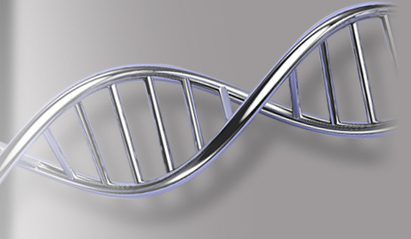Dendrimers and Polyamino-Phenolic Ligands: Activity of New Molecules Against Legionella pneumophila Biofilms Forward and reverse sequences were analyzed and assembled using Sequencher 5.2.4 (Gene Codes Corporation, Ann Arbor, MI, USA) and blasted against Ribosomal Database Project (Cole et al., 2013).
Select Publications
You are here
The program Sequencher 5.2.4 (Gene Codes Corporation) was used for sequence analysis. Upon discovery of any discrepancy between the reference sequence (NG_007089.1) and a patient's sequence, a search was conducted at the National Center for Biotechnology Information (NCBI) database (http://www.ncbi.nlm.nih.gov/gene/411) to determine whether the variant had been previously reported.
DNA was purified using QIAquick PCR purification kit (Qiagen, Hilden, Germany). Sanger sequencing was performed using an AB3130 genetic analyzer (Life Technologies, California, USA) and nucleotide sequences analyzed with Sequencher version 5.0 (Gene Codes Corporation, Michigan, USA).
Additionally, mapped reads with soft-clipping information were extracted from the bam file as sequence candidates with large indels. To detect large indels, the soft-clipped reads were realigned using a large gap assembly algorithm in Sequencher 5.1 (Gene Codes Corp., Ann Arbor, MI).
Positive samples were cleaned and sent for sequencing to Elim Biopharmaceuticals Inc. (Hayward, California) and sequences were edited using Sequencher 5.1 (GeneCodes, Ann Arbor, Michigan). Consensus sequences then were identified using the NCBI Nucleotide Blast search.
The 16S gene fragment was amplified as previously described.8 The hsp65 gene was amplified using TB11 and TB12 primers, and the RNA polymerase subunit gene (rpoB) was amplified using MF and MR primers.9 The amplified products were then sequenced using the Big Dye Sequencing kit (Applied Biosystems, Foster City, California, USA) as per the vendor's recommended protocol. The sequences of two strands were assembled into double-stranded contig using Sequenchersoftware (Gene Codes, Ann Arbor, Michigan, USA).
DNA sequences were assembled and analyzed using Sequencher version 5.0 (Genecodes Inc., Ann Arbor, MI)
Read more...
LV DNA was sequenced by Applied Biosystem’s 16-capillary 3130xl automated sequence analysis system by the OHSU sequencing core. The DNA fraction of the reaction mixture contains 6.4 pmol of primer (PPT-F, PBS-R) and 30 ng of purified DNA. Sequences were analyzed by Sequencherand BLAST software (NCBI).
Read more...
All nine exons of the TPMT gene were amplified on a model 9700 thermal cycler (Applied Biosystems, Foster City, CA, USA) using oligonucleotide primers and conditions as previously described with some modifications.20,21Direct sequencing was performed using ABI Big Dye Terminator kit v1.1 (Applied Biosystems) according to the manufacturer's instructions.
The breakpoint region for each patient was determined by aligning Sanger sequencing reads to the HRG obtained from the UCSC Genome Browser using the Sequenchersoftware (Gene Codes Corporation, Ann Arbor, MI, USA). Breakpoint coordinates for each individual have been deposited in National Center for Biotechnology Information database of genomic structural variation (dbVar) and are available under the accession number [dbVar :nstd98].
Pages
Testimonials
"I am involved in resequencing projects for disease association studies. Sequencher was of tremendous help to me in these projects for- discovery of..." Read more...
Manjula Maheshwari, Human Genome Sequencing Center Baylor College of Medicine Houston, Texas





